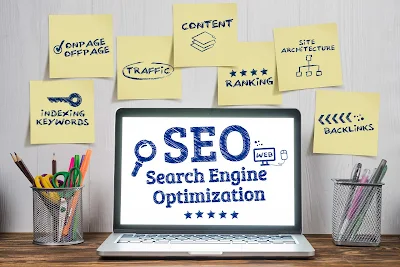Why is SEO important?
SEO is important for several reasons:
Increased website traffic: By improving your website's visibility and ranking on search engines, you'll attract more visitors to your site, which can lead to increased sales and revenue.
Better user experience: SEO isn't just about optimizing your website for search engines, but also about creating a better user experience for your website visitors. A positive user experience can lead to increased conversions and repeat business.
Higher conversion rates: When you optimize your website for the right keywords, you'll attract visitors who are more likely to be interested in your products or services. This means that they're more likely to convert into paying customers once they arrive on your site.
Increased brand awareness: When your website appears on the first page of search results for keywords related to your industry, people are more likely to recognize your brand and remember it in the future. This increased visibility can lead to more word-of-mouth referrals and help you establish yourself as a thought leader in your industry.
How does SEO work?
SEO involves a variety of techniques and strategies that are designed to improve your website's visibility and ranking on search engines. Here are some of the key elements of SEO:
Keyword research: SEO starts with keyword research. This involves identifying the right keywords to target for your business, based on factors like search volume, competition, and relevance.
On-page optimization: On-page optimization involves optimizing your website's content, structure, and design for search engines. This includes optimizing your page titles, meta descriptions, header tags, and content.
Off-page optimization: Off-page optimization involves building high-quality backlinks and improving your website's authority. This includes tactics like guest blogging, social media marketing, and influencer outreach.
Technical SEO: Technical SEO involves optimizing your website's technical elements, such as site speed, crawlability, and security. This ensures that search engines can crawl and index your site properly, and that your site is secure and fast-loading.
Content marketing: Content marketing involves creating high-quality content that attracts traffic, engages visitors, and improves your website's ranking. This includes tactics like blogging, video marketing, and infographics.
SEO is an essential component of any digital marketing strategy. By optimizing your website for search engines, you can improve your visibility, attract more traffic, and increase your chances of converting that traffic into paying customers. By investing in SEO, businesses of all sizes can improve their online visibility and reach more customers.


Comments
Post a Comment